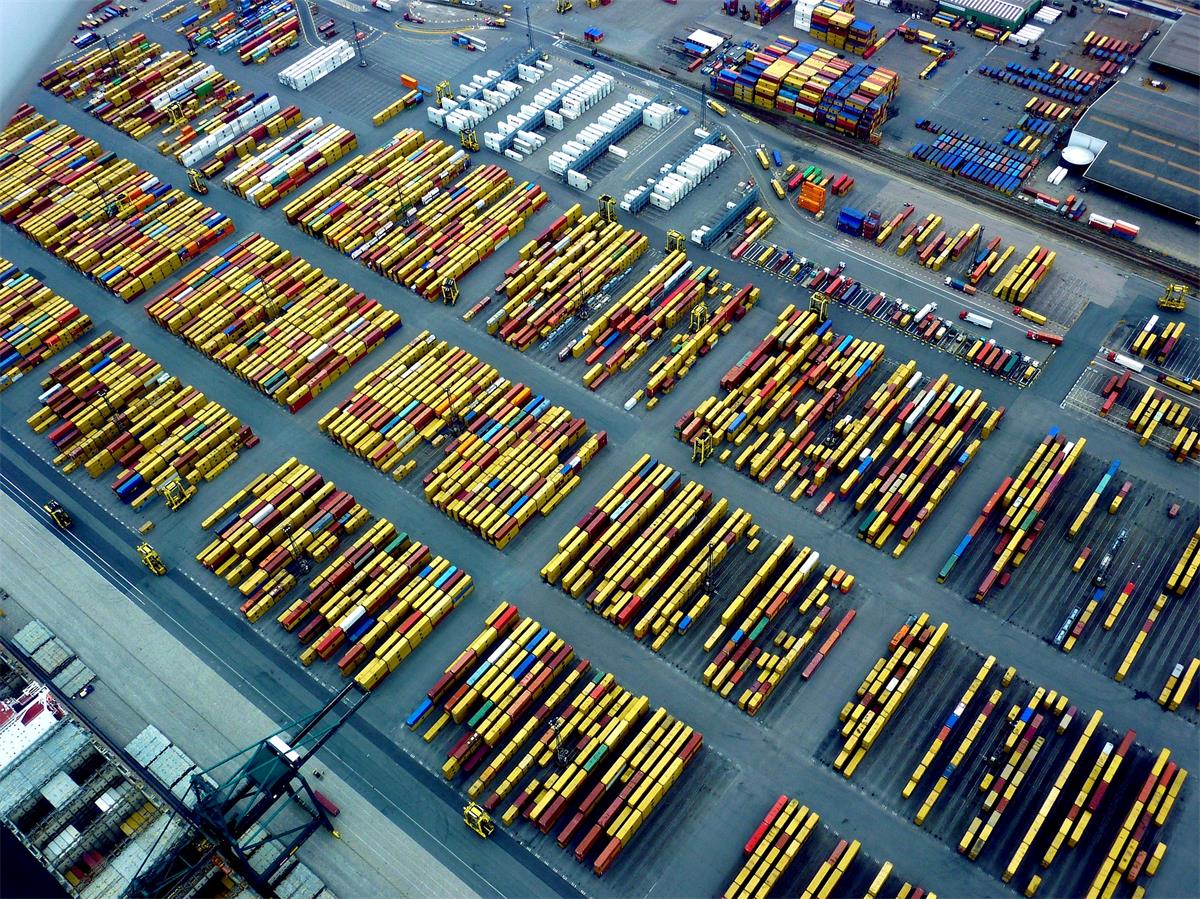Understand the Causes of Shipping Delays and Disruptions
It is imperative to have an in-depth understanding of the various causes of shipping delays and disruptions. There are several factors that can lead to such delays, including extreme weather conditions or natural disasters, which can significantly impact transportation routes. Port congestion is another major contributor, resulting from a higher number of vehicles than available space at ports and terminals. Customs clearance issues, such as processing delays or mandatory inspections by customs officials, can prolong the release of your shipment from the port of entry into your intended country or region. Labor strikes, particularly in port or transportation industries, can also cause significant delays in cargo movement. It is essential to be aware of these causes and take proactive measures to address them to minimize any potential disruptions.
Develop a Contingency Plan
To mitigate the risk of shipping delays and disruptions, it's essential to have a contingency plan in place. Developing a contingency plan involves several steps, including identifying potential solutions to potential disruptions. For example, if you're experiencing a delay due to weather-related issues, you could consider using alternative transportation modes or routes that may be less affected by the weather.
It's also important to consider additional costs associated with each option. When evaluating potential solutions that require additional costs, it's crucial to weigh those costs against the potential loss of revenue if no action is taken. It's also important to explore other ways to mitigate risk without incurring additional expenses, such as obtaining insurance or diversifying suppliers.
Furthermore, developing a contingency plan should include clear communication with all parties involved in the supply chain, including shippers, carriers, and customers. Ensure that everyone understands the contingency plan and their roles and responsibilities during any disruptions.
By developing a comprehensive contingency plan, you can minimize the risk of shipping delays and disruptions, and ensure that your supply chain remains resilient in the face of unforeseen events.
Maintain Transparency through Communication with Customers
Communication with your customers is a crucial element in managing shipping delays and disruptions. Being transparent about the problem and how you're working to resolve it can go a long way in maintaining customer trust and loyalty. It's essential to keep them informed about the status of their orders, including any potential delays and their estimated delivery dates.
When communicating with customers, it's important to provide them with clear and concise information that they can easily understand. Let them know what's causing the delay, what steps you're taking to resolve it, and when they can expect their order to arrive. You may also want to provide them with alternative options or solutions to help minimize any inconvenience caused by the delay.
Additionally, it's important to establish clear communication channels with your customers. Ensure that they can easily reach out to your customer service/ operation team or sales representatives for updates on their orders and to address any concerns they may have.
Monitor Your Shipments
In order to ensure that your shipments are delivered on time and in good condition, it's essential to proactively monitor their status. Here are some professional tips for effectively monitoring your shipments:
Utilize tracking tools that are available to you, via the carrier’s website, external applications or api connection to your system. Receive updated real-time information about the location and status of your shipments proactively, so that you’re always on top of it.
Respond promptly if any issues arise with your shipment, such as a delay caused by weather conditions or other unforeseen circumstances. If any problems occur, it's best to contact the shipping company immediately so that they can offer guidance on the necessary next steps, such as filing an insurance claim or contacting customer service.
Regularly review your shipping and tracking policies to ensure that they are up-to-date and.
Incorporate shipment monitoring into your overall logistics strategy to ensure that it is given the attention and resources it deserves. Proper monitoring can help prevent disruptions and delays, allowing you to meet customer expectations and maintain a strong reputation in the industry.
Negotiate with Your Carriers
To optimize your shipping operations and reduce costs, it's recommended to negotiate with your carriers for better rates and incentives. Here are some tips for effective carrier negotiation:
Research and compare pricing and service offerings from different carriers to ensure that you're getting the best value for your money. If you’re a member in a network of freight forwarders, you can receive and compare quotes from other members of your network as well. This can help you negotiate for better rates and services.
Be transparent about your shipping volume and history, which can give you leverage in the negotiation process.
Consider proposing alternative routes or shipping methods to reduce costs or improve delivery times.
If you encounter recurring issues with a particular carrier, address the problems and negotiate for compensation or alternate solutions.
Establish a long-term partnership with reliable carriers who can provide consistent, high-quality service that meets your needs.
Take Advantage of Technology
Here are some examples of technologies that can benefit your business:
-
Implement automated tracking systems to receive real-time updates on the location and status of your shipments. This can help you quickly identify and resolve any issues that arise during transit, ensuring that your customers receive their orders on time and in good condition.
-
Leverage predictive analytics to analyze shipping data and identify potential problems before they occur. By proactively addressing these issues, you can prevent disruptions and minimize delays.
-
Consider using other innovative technologies such as machine learning and artificial intelligence to further streamline your shipping operations and enhance the customer experience.
-
Internet of Things (IoT) devices can be used to track the condition of goods during shipping, such as monitoring temperature or humidity levels.
-
Electronic data interchange (EDI) can facilitate communication and data exchange between different parties involved in shipping, such as suppliers, carriers, and customers.
-
Blockchain technology can provide secure and transparent tracking of goods throughout the supply chain, improving visibility and reducing the risk of fraud or errors.
By taking advantage of technology in shipping operations, businesses can improve efficiency, accuracy, and customer satisfaction, while also reducing costs and mitigating risks.
Partner with Experienced Freight Forwarders
To ensure smooth and efficient transportation of your goods, it's advisable to partner with experienced freight forwarders who have a deep understanding of the industry and can provide valuable insights, local connections and support. Here are some reasons why you should consider partnering with a reliable freight forwarding company:
-
Experienced freight forwarders can help you anticipate potential problems and proactively develop solutions to mitigate them, such as rerouting shipments to avoid weather disruptions or coordinating with multiple carriers to ensure timely delivery.
-
Freight forwarders often have established relationships with multiple carriers and can provide access to various modes of transport, including air, sea, rail, and road, giving you more flexibility and options to choose from. This can help you avoid disruptions and reduce shipping costs.
-
Freight forwarders can handle various aspects of the shipping process, including documentation, customs clearance, and insurance, which can save you time and effort and reduce the risk of errors or compliance issues.
-
Partnering with such a freight forwarder can also provide you with valuable insights and advice on industry trends, regulations, and best practices, which can help you stay ahead of the competition and make informed decisions.
Take Advantage of Insurance
Maximize the Benefits of Insurance by purchasing coverage that can safeguard your shipments from any potential setbacks during transit. It can provide financial protection in the event of shipment delays or disruptions, as well as damage to the cargo. This can help mitigate the impact of unexpected costs and losses, providing peace of mind for shippers and consignees alike.
In conclusion, managing shipping delays and disruptions is a critical aspect of maintaining a strong supply chain and keeping customers satisfied. It's important to understand the causes of delays and disruptions, develop a contingency plan, maintain transparency through communication with customers, monitor shipments, negotiate with carriers, and take advantage of technology. By implementing these strategies, businesses can minimize the risk of delays and disruptions, ensure timely delivery of goods, and maintain a competitive edge in its industry.


